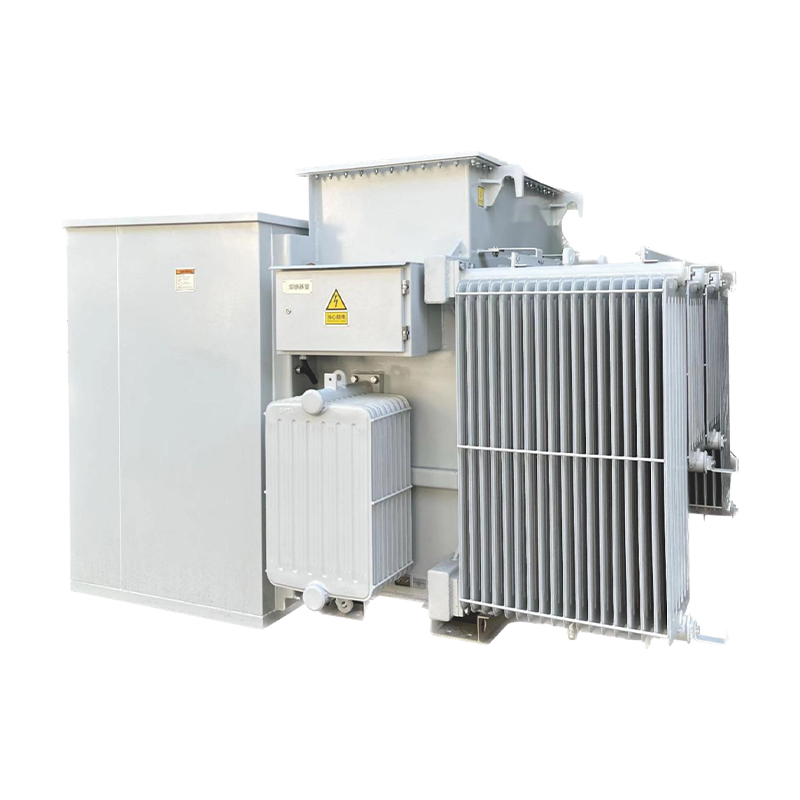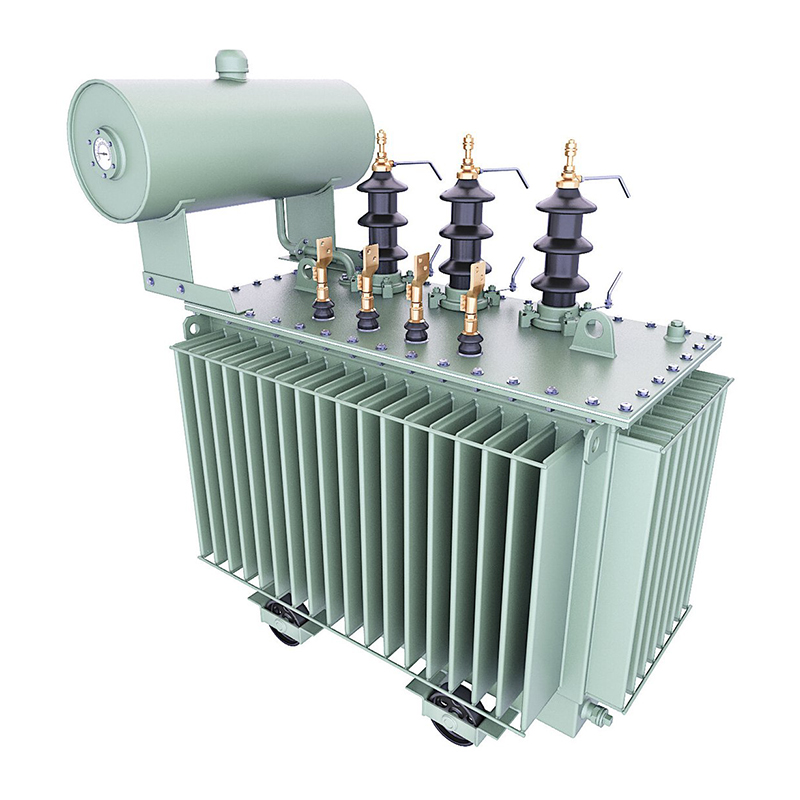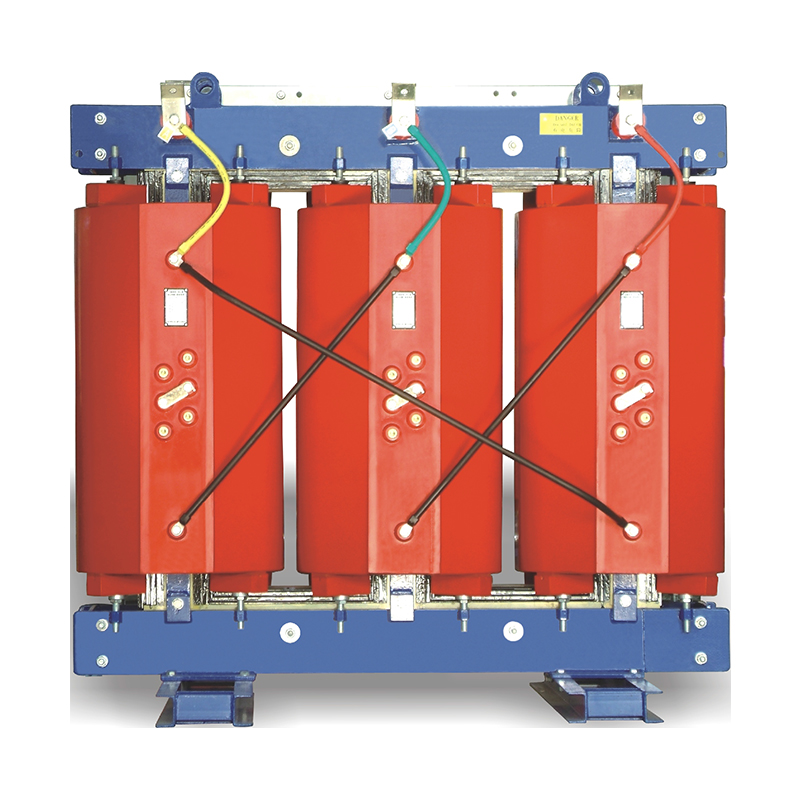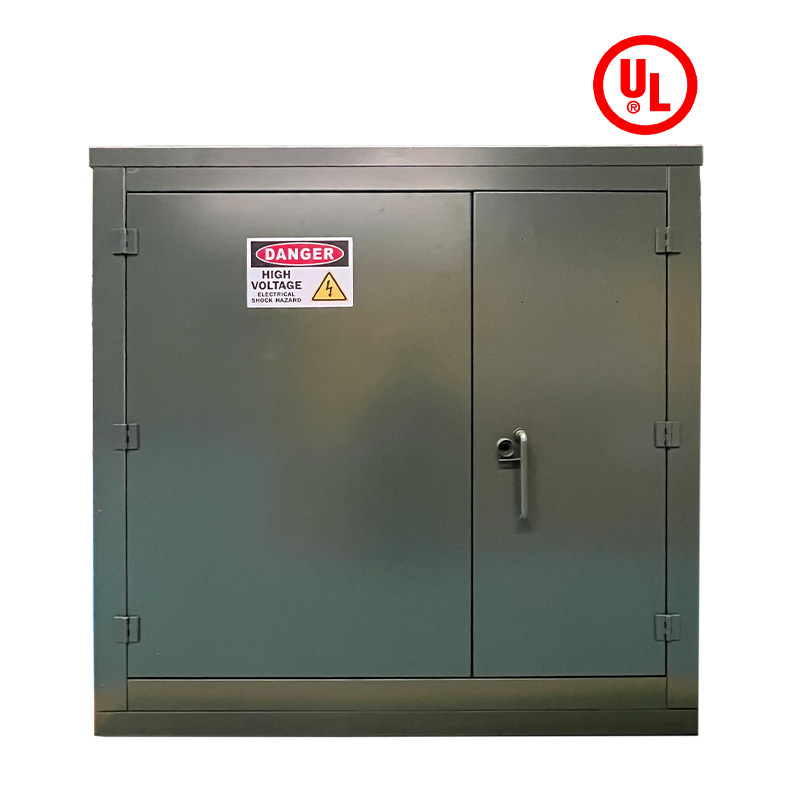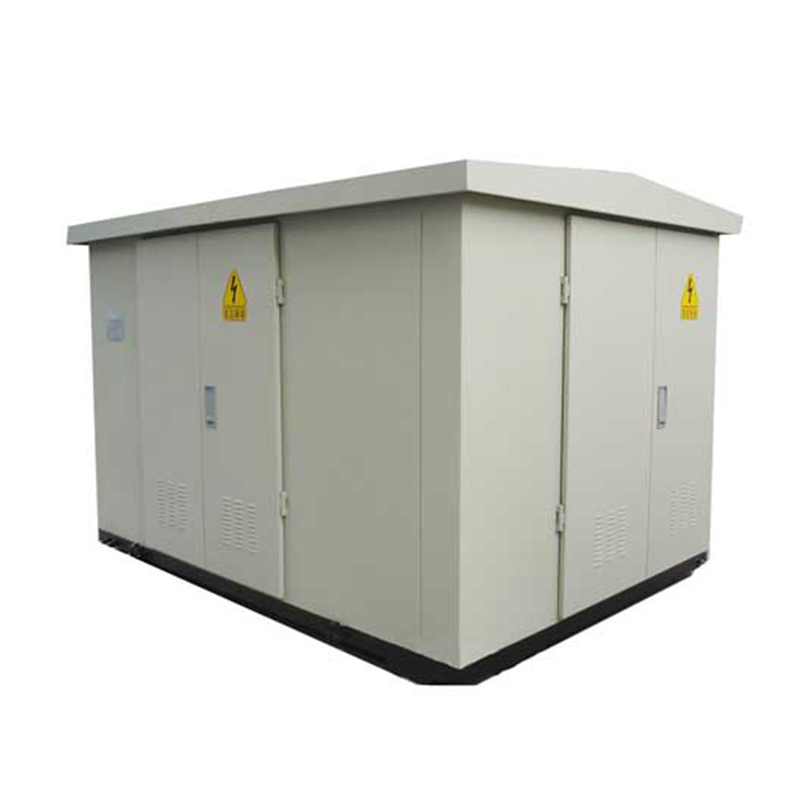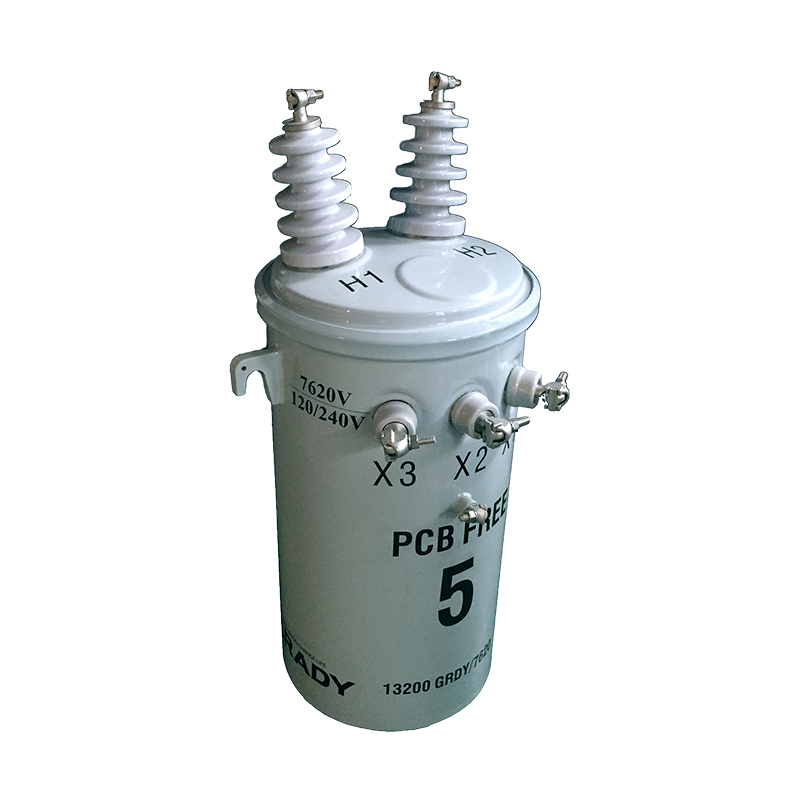Farady A solar step-up transformer is a low loss power transformer suitable for solar power generation. It is used to step up the voltage as produced by the solar inverters. The output power of photovoltaic power generation system with discontinuous sunlight intensity and duration makes it necessary to use a step-up transformer to increase the voltage level of the generated electricity.
Detail
General
Farady A solar step-up transformer is a low loss power transformer suitable for solar power generation. It is used to step up the voltage as produced by the solar inverters. The output power of photovoltaic power generation system with discontinuous sunlight intensity and duration makes it necessary to use a step-up transformer to increase the voltage level of the generated electricity.
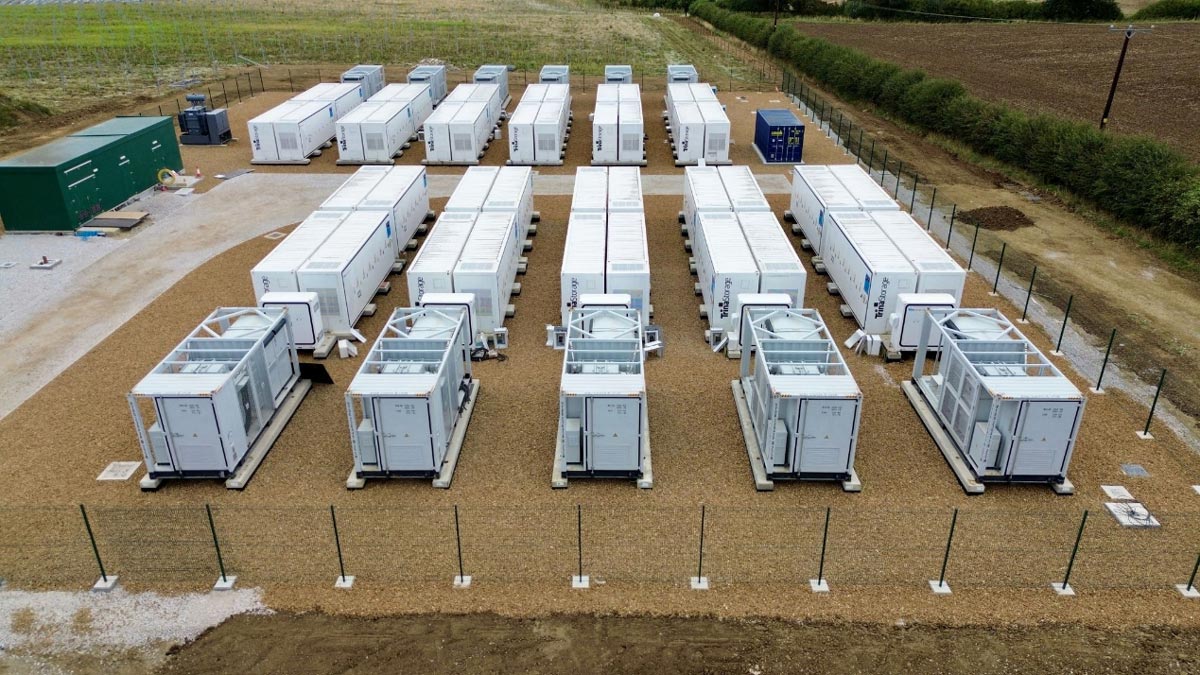
Standard Features
• Flexible designs that include the following package solutions:
• AC Station: Comprised of PV inverter, transformer and switchgear. All containerized.
• L-H Combo & Inverter Package: Comprised of multiple PV inverters and switchgears to attain large capacity output.
• Inverter Package: Containerized inverter-only solution for those who wish to procure transformers and switchgears separately.
• Minimizes construction and installation time and overall cost.
• Protection from harsh environments.
Service Condition
a) Suitable for indoor or outdoor application
b)Air temperature: Maximum temperature: +40℃; Minimum temperature:-30℃
c) Humidity: Monthly average humidity 95%; Daily average humidity 90% .
d) Altitude above sea level: Maximum installation altitude: 2000m.
e)Max wind speed:35M/s
f) Ambient air not apparently polluted by corrosive and flammable gas, vapor etc.
g) No frequent violent shake
Note: * Beyond those services condition should enquiry to manufacturer technical dept during order

Tests
• Voltage ratio. Polarity and phase relationship test on each tapping
• Resistance of all windings
• No-load current and no-load losses measurement
• Load losses measurement at rated current and frequency
• Impedance voltage measurement
• Induced over-voltage and separate source voltage withstand tests
• Impulse voltage withstand test.
• Noise level test
• Oil leakage test
• Overload test at 150% rated current for one hour after temperature rise test and hot resistance measurement of (HV – LV)
Relatenews
- The Role of Power Transformers in Voltage Regulation within Power Systems 2025-08-25 08:14:00
- Environmental Regulations and Technical Measures for Power Transformer Noise Control 2025-08-25 08:12:00
- The Application of Big Data Analytics in Power Transformer Fault Prediction 2025-08-25 08:11:00
- Impact of Distributed Generation Integration on Load Characteristics of Power Transformers 2025-08-16 09:43:00
- Conditions and Protection Coordination Strategies for Parallel Operation of Power Transformers 2025-08-16 09:42:00
- Application of On-Line Oil Chromatography Monitoring Systems for Power Transformers 2025-08-16 09:38:00
- Capacity Calculation Methods for Power Transformers in Electric Vehicle Charging Stations 2025-08-09 16:02:00
- Key Technologies of Smart Power Transformers: Sensors, IoT, and Big Data 2025-08-09 15:59:00





